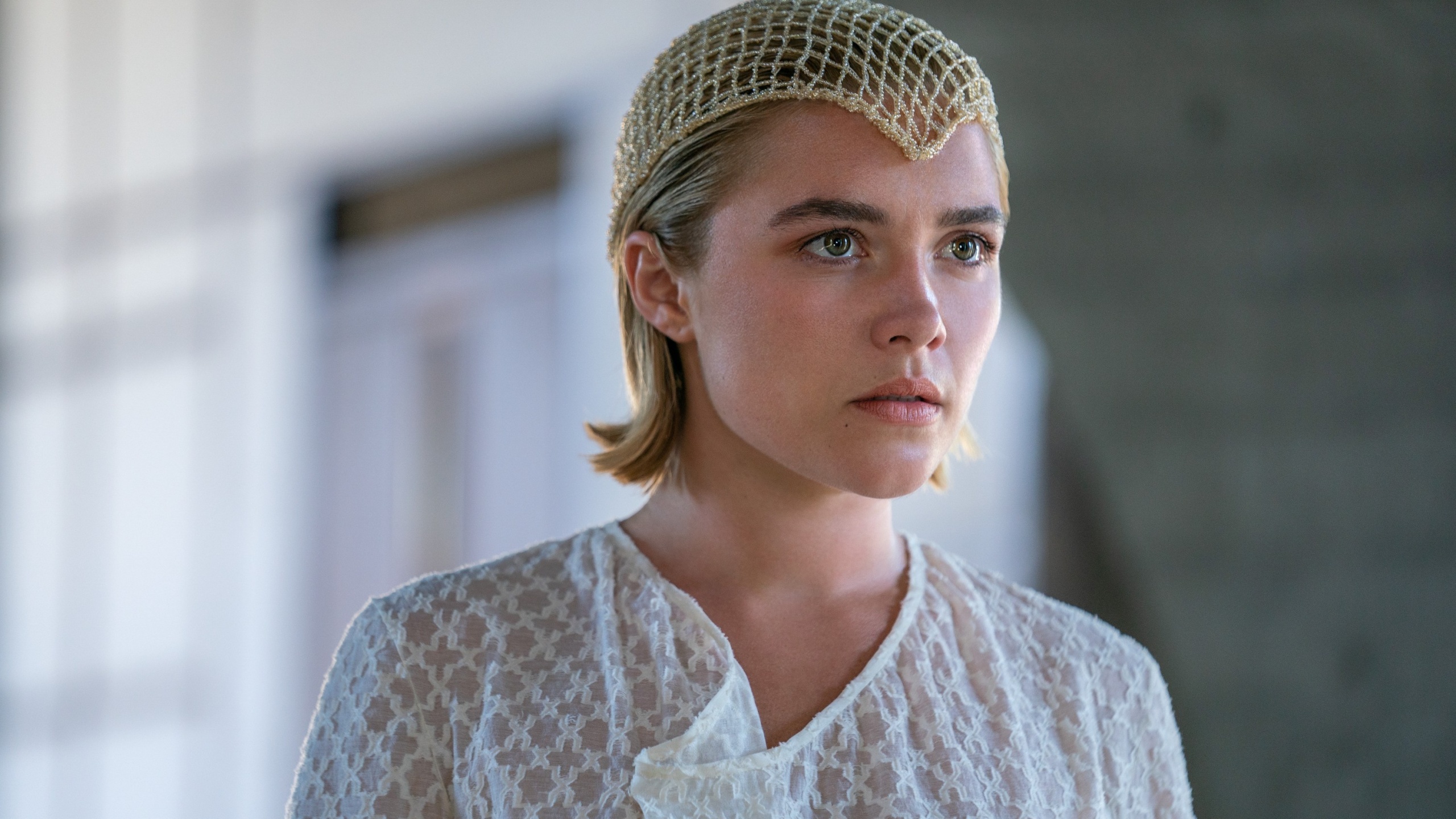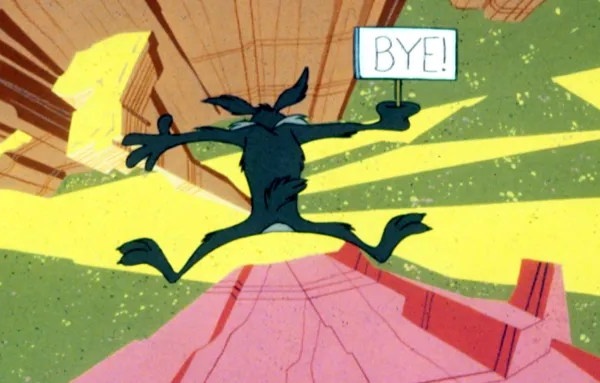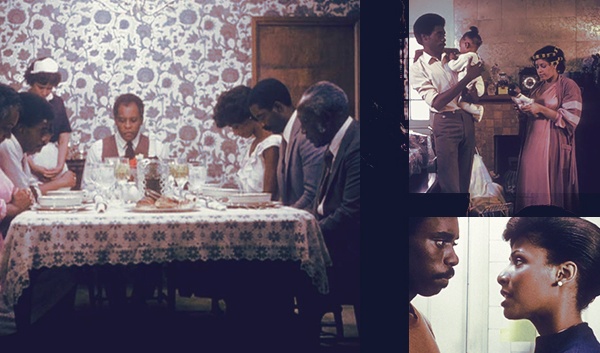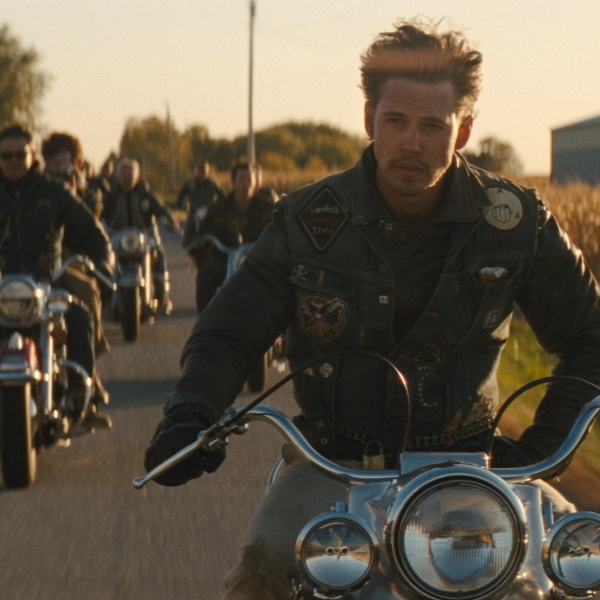In “Dune: Part Two,” the quiet scenes set on the capital planet Kaitain stand in sharp contrast to the Fremen’s fight on the windswept deserts of Arrakis and the black-and-white fascist world of the Harkonnen on Giedi Prime. It’s a juxtaposition the audience can physically feel. As the film cuts to the world of Emperor Shaddam Corrino IV (Christopher Walken) and his daughter Princess Irulan (Florence Pugh), we absorb the peacefulness of nature and serenity of the Emperor’s grounds.
Production designer Patrice Vermette believes the shooting location — and its original designer and architect Carlo Scarpa — Brion Sanctuary deserves a great deal of credit for those scenes’ power.
“The way the architecture blends with the surrounding nature is pure perfection,” said Vermette of the sanctuary, which he referred to as one of the “most sublime” pieces of architecture he’s ever seen. “It’s the first time that I started crying walking on a location.”

The power of Scarpa’s work was hardly new to Vermette. The production designer points to discovering a book of Scarpa’s work at the Montreal Architecture Center in the early 1990s as a defining moment in his education. Of the 17 feature films Vermette has production designed, it’s “Dune,” for which he won the Oscar, that the Italian master’s inspiration can be most directly felt.
“There’s a language, that definite Carlo Scarpa language, that I brought to the very different worlds of Arrakis and Caladan [in ‘Dune’],” said Vermette. “It looks very brutalist, but it’s not brutalist, it’s Carlo Scarpa. It’s a lot of intricate details.” Pointing to the motif of the steps in “Dune” as an example, “There’s a sense of intrigue that I love in the simplicity of his designs.”
Considering Scarpa’s influence on Arrakis and Caladan in “Dune,” there was a narrative logic in using Brion Sanctuary as a shooting location to introduce the emperor and princess in “Dune: Part Two.”
“It all made sense because it’s the influence of the Imperium on the rest of the galaxy,” said Vermette. “You feel that the emperor has had an aesthetic influence throughout centuries.”

Director Denis Villeneuve instantly saw how the shooting location could be used to bring an “otherworldly” feel to Kaitain, so much so that while the rest of production was spread throughout the Middle East and Budapest, a detour to Italy to shoot Walken and Pugh’s scenes, which are largely dialogue driven and tightly framed (not the type of setting productions typically go out of their way for), was deemed worthwhile. But supervising location manager Duncan Broadfoot received a quick “no” when inquiring about getting permission to shoot there. Commissioned in 1969 by Onorina Tomasin-Brion, who made his fortune with Vega-Brion Televisions, the heart of the sanctuary is the family’s private cemetery. Over the years, the Brion family has turned down a number of requests to shoot there, including from the “Star Wars” team.
“But when the Brion’s son realized it was ‘Dune,’ he said, ‘Wow, I’m interested in meeting the people involved because yeah, I see there’s Carlo Scarpa influence on ‘Part One,’” said Vermette.

For Vermette, shooting at Brion was a full circle moment beyond using Scarpa’s work within his world-building. In 1978, not yet finished with the sanctuary, the architect died in Japan after a fall. He is buried in the same cemetery as the Brions, just outside the family’s plot.
“A lot of architects go there to pay tribute to the master, and when you go to pay your respects, you leave your drawing pen on his tomb, instead of leaving a flower,” said Vermette, who did leave one of his favorite pens, but also found much bigger ways to pay tribute to the master.






